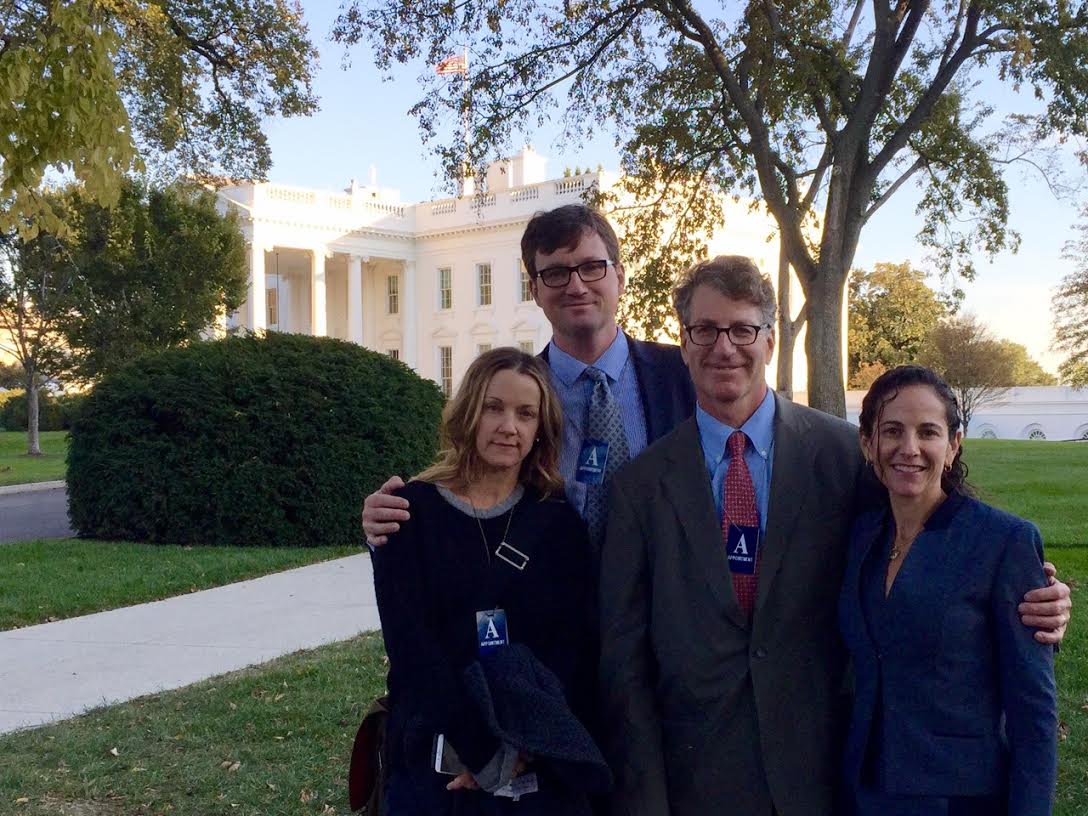Stanford Work Examines Investment Barriers and Opportunities in Clean Energy

In October 2015, the State Department hosted a Climate and Clean Energy Investment Forum in Washington, D.C., convening investors, corporations, philanthropies, and policymakers. During opening remarks, Secretary of State John Kerry pointed to an initiative brought forth by research and connections from the Stanford Steyer-Taylor Center for Energy Policy and Finance and the Stanford Global Projects Center as an exemplary response to President Obama’s call for the private sector to lead in the global fight against climate change.
The Aligned Intermediary (AI) Kerry noted is designed to enable long-term investors (LTIs) – including pensions, endowments, sovereign funds, and foundations – to channel significant amounts of capital into low-carbon investment opportunities. The new nonprofit has secured letters of intent to invest $1 billion in climate change solutions. It will be led by Peter Davidson, the former head of the Department of Energy Loan Programs Office. Alicia Seiger, deputy director of the Steyer-Taylor Center for Energy Policy and Finance, and others formed the AI following recommendations of a paper she co-authored with colleagues including Ashby Monk of the Stanford Global Projects Center.
From innovation to solution
Transforming the way we produce and consume energy is essential to avoiding the devastating long-term climate effects of accumulating greenhouse gas emissions. That transformation may require breakthrough energy technologies yet to be demonstrated, and it certainly requires existing technologies with the power to dramatically lower emissions to be deployed on a large scale and a rapid timeline.
However, between new technologies and meaningful change lie “valleys of death,” or critical gaps in funding needed to turn promising projects into profitable companies. LTIs could close these gaps and earn a return on investment. But many LTIs struggle to access low-carbon investment opportunities because of personnel limitations and governance constraints. As a result, emerging energy technologies often lack the long-term capital required to achieve energy transformations at scale.
Funding the way forward
The work of the AI answers a call by the White House Clean Energy Investment Initiative (CEII), announced in February 2015, which aimed to catalyze $2 billion in new investment from LTIs. A report co-authored by Seiger in 2014 and providing recommendations on how the federal government can encourage private investing in clean energy contributed to the formation of the CEII.
More than $40 trillion will need to be invested globally over the next 20 years to rebuild the global energy system to achieve necessary greenhouse gas emissions goals, according to U.S. government agency estimates. LTIs command more than $100 trillion of investable capital. Seiger and others are continuing to develop resources and ideas to enable LTIs to participate in resource-innovation opportunities involving energy, waste, or water and contribute to a lower-carbon future.
